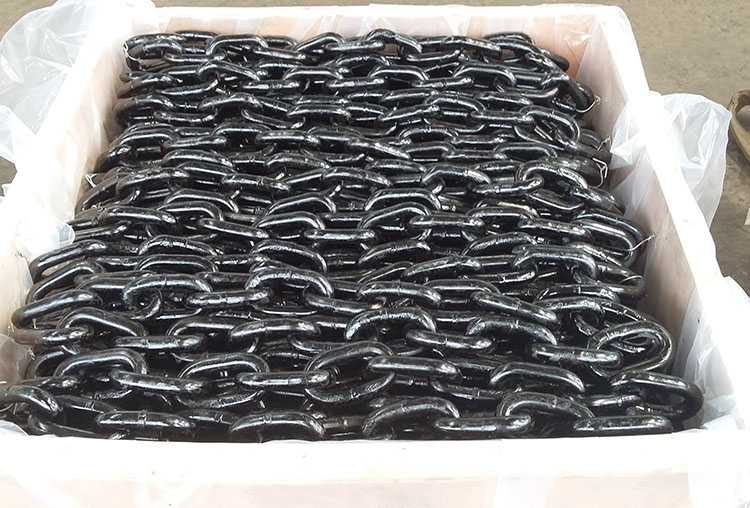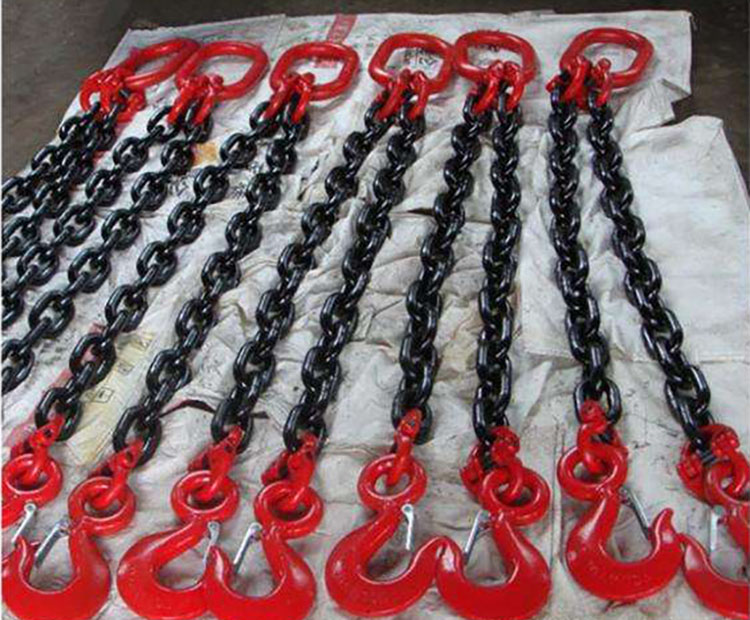Application Notes of Chain Sling
Chain sling is formed by connected by metal rings. According to its form, there are classified into two kinds: welded and assembled. According to its structure, single leg and multiple legs, etc., it is made of high-quality alloy steel, wear resistance and high temperature resistance. It has a long service life and suitable for large-scale and frequent use. Flexible multi-legs and multiple combinations can increase work efficiency and reduce the costs.

1. Before lifting operation, make a precise plan how to hang, hoist and unload .
2. Prepare: Determine the weight and gravity center of the object to be lifted, carefully read the instructions, and mark the lifting point and weight data. The position of the hook can be only determined after you find the center of gravity!
3. The operator must be informed of the weight being lifted.
4. The crane hook should be hung vertically above the center of gravity of the object to be lifted.
5. During the lifting operation, not only damage the lifting object should be avoid, but also prevent damage to the rigging itself. To avoid rotation and falling, the following conditions should be observed:
a) Single legged sling, the lifting point should be vertically above the center of gravity of the lifting object.
b) If it is a two-legged sling, the hanging point should be on the both side of the lifting object and the lifting point above the center of gravity.
c) If it is a three-legged and four-legged sling, the hanging point should be evenly placed at the level of the center of gravity of the lifting object and above the center of gravity of the object to be lifted.
Attention must be paid to the lifting angle β (between the vertical line and the hanging leg): the larger the lifting angle, the smaller the lifting capacity. A lifting angle of more than 60 degrees is absolutely not forbid!
If a three- or four-leg chain sling is used to lift a non-uniformly distributed lifting object, then the rated load of each leg should be correctly calculated. When the leg has different inclination angles, the lifting load of each leg should be calculated by lifting only the entire lifting object with one chain.
www.crealifting.com

